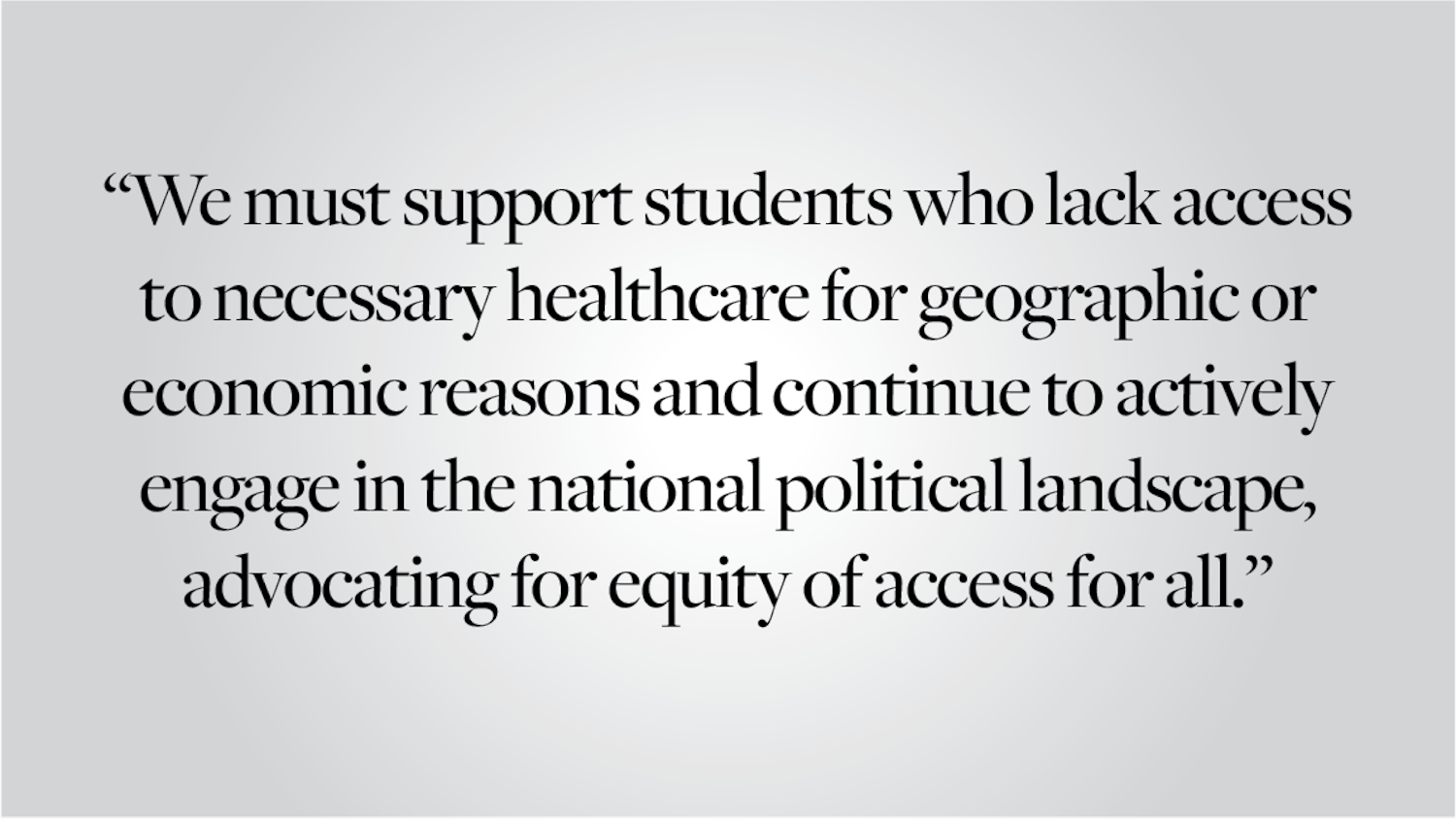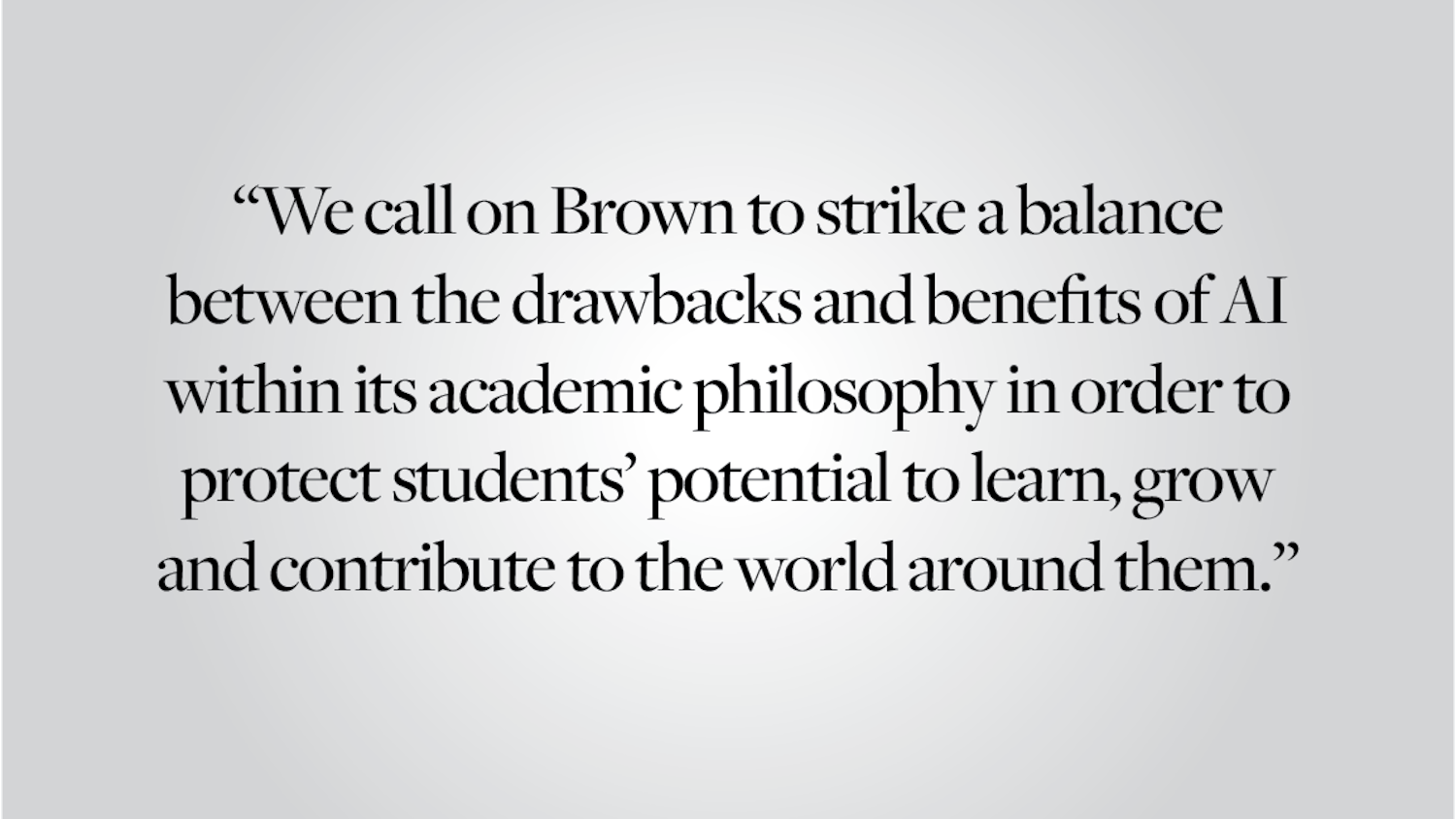Yesterday, President Obama and Vice President Biden announced $550 million in grants for community colleges and apprenticeships. The programs are designed to produce graduates whose skill sets are tailored for open jobs in local industries. Of course, this figure is but a drop in the bucket compared to the massive price of higher education, but it is still a step in the direction of refocusing our higher education system on providing the highest quality public schooling at the lowest cost to students. Community colleges will be crucial to any attempts to reform the system, and we are pleased that they are beginning to receive the financial backing and public support they deserve.
It is perhaps counterintuitive that we speak of the benefits of public higher education, but we do not need to be students at public colleges to recognize the enormous social benefits of a strong public system. Strong public higher education serves as a massive integrating force, bringing together students from all backgrounds within the states they serve. Students who receive in-state tuition are given far more freedom in defining their post-college lives, and barriers to college degrees seem less imposing for students who may be the first in their family to attend college. Unfortunately, public higher education systems have been seeing their funding slashed, a trend only exacerbated by the recession and cash-strapped state legislatures looking to carve out savings. As a result, universities are forced to shift costs onto students or to cut back on services, both moves that threaten the fundamental purpose of public university systems.
Private colleges such as our own offer local solutions for some students, but on the whole they only serve as a Band-Aid for an endemic problem. Scholarships are undoubtedly crucial in supporting students below a set income level, but if current trends continue, Brown and our peer schools will comprise only the wealthy and those students receiving aid. The absence of middle-class students who are priced out will reinforce the growing inequality gap and provoke tensions between very different groups of students. Further, middle-class students priced out of private options are at risk of falling further behind given the declining status of many public schools. Finally, most private schools do not have close to the resources of places like Brown, and are thus incapable of offering anywhere near as much scholarship support.
Scholarships to elite institutions can make a tremendous difference on the individual level, but they cannot combat broadening inequality and its manifestations in higher education. Any meaningful solution must expand access to and the quality of public options and it should be tailored to suit the ability and needs of the students. For example, before it was burdened by property tax caps and state funding cuts, the University of California system was the envy of the entire country. Each individual school did not try to be all things to all people — instead, the system includes flagship universities, state colleges and community colleges. Community colleges will be increasingly necessary to this equation, which is why we applaud yesterday’s announcement. Future solutions will have to examine how we can best reconfigure federal higher education support, including the mixed legacy of federal loans as opposed to grants, but this proposal was a promising beginning. We will never have anything like equal opportunity in this country without a robust public higher education system.
Editorials are written by The Herald’s editorial page board: its editors, Matt Brundage ’15 and Rachel Occhiogrosso ’14, and its members, Hannah Loewentheil ’14 and Thomas Nath ’16. Send comments to editorials@browndailyherald.com.
ADVERTISEMENT




